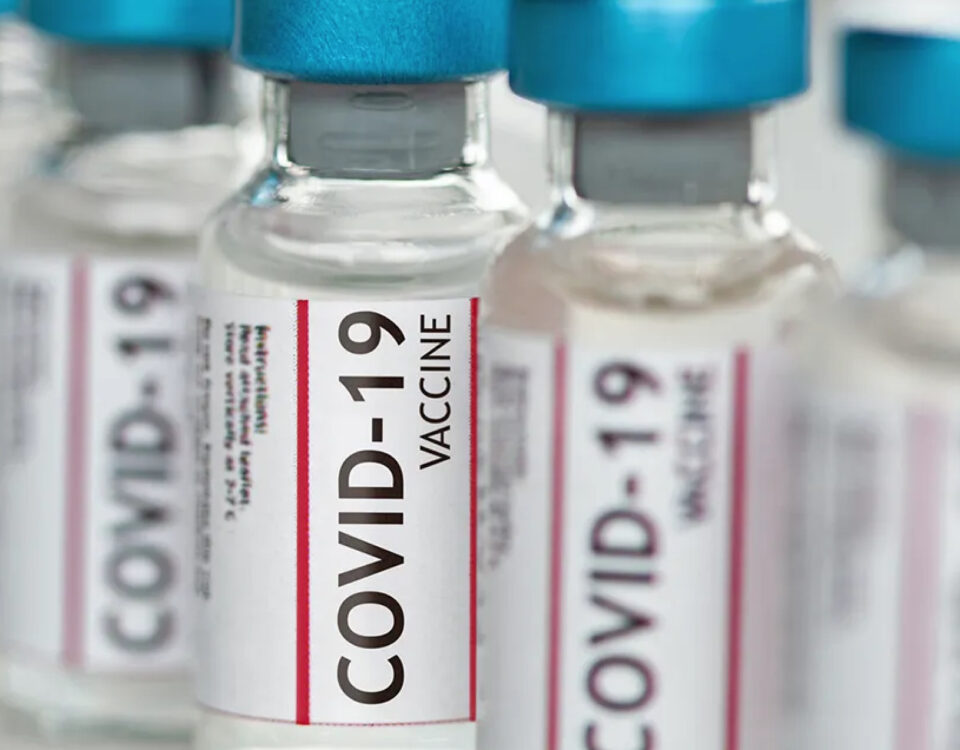If safer toys are on shelves this year, how can you find them?
NOW the healthcare reform debate begins
December 2, 2009How to Keep Normal Labor Normal – Part 13 – Summary
December 5, 2009In general, parents shopping for children this holiday season can be confident that toys on the shelves are safer than they have been in the past, at least according to a report by ABC News.
The Consumer Product Safety Commission (CPSC) has had 38 toy recalls this year, down from 162 in 2008 and 148 in 2007, when 45 million toys were recalled and the public demanded stronger laws and better enforcement.
But not all toys on shelves are safe, and parents still need to be vigilant.
“We are seeing progress, but there’s no magic wand you can wave to improve the CPSC overnight,” Elizabeth Hitchcock, a public-health advocate with US PIRG (Public Interest Research Group), which released its 24th “Trouble in Toyland” report on Tuesday, told ABC News. It’s the group’s first such report since Congress strengthened regulations on toy safety.
The report, which lists some unsafe toys being sold, focuses on three still-problematic areas:
- choking hazards,
- noise level, and
- lead and phthalate (chemical substances added to plastics) content.
It credits much of the progress being made to the Consumer Product Safety Improvement Act passed in August 2008, which strengthened the CPSC and toughened regulations against hazards like lead and phthalates. The current standard for acceptable lead content in paint on children’s toys is 90 parts per million, much lower than the 600 parts per million that was allowed a year ago. (The overall limit for lead content in children’s toys, previously unregulated, is 300 parts per million.)
“The new safety rules are on the side of the consumer and children,” CPSC chairman Inez Tenenbaum told reporters Monday, citing the new lead and phthalate restrictions as well as new independent testing standards.
At the same time, she urged parents to pay attention to labeling and age suggestions for toys.
“These are safety standards. They’re not cognitive ability. When it says 3 to 5, that deals with the safety of your child,” Ms. Tenenbaum said.
Even with the new regulations, PIRG found a number of toys for sale that don’t comply with the standards, for example, that aren’t labeled properly for choking hazards or have noise levels exceeding the acceptable limit. One cloth book that the organization tested had lead levels in the paint at 1,900 parts per million. An Elmo lunch bag had a banned phthalate at a 7.2 percent concentration level.
US PIRG also unveiled a new tool Tuesday for parents to use with hand-held smart phones. It allows them to scan a list of toys the organization found that weren’t safe, as well as to review basic safety steps to avoid hazards. Consumers can also report any products that are unsafe.
The list of unsafe toys isn’t comprehensive, Ms. Hitchcock notes, but she hopes it provides a useful starting place for getting people to think about safety.
Some of it may come down to common sense.
“People need to think about how their kid is going to play with a toy . . . take it apart, see if there are small parts,” Hitchcock says.
For parents, the recalls and discoveries of unsafe toys still sold in stores can seem like a constant lurking danger. But Hitchcock offers some suggestions for how to shop safely:
- If a toy is small enough to fit through an empty toilet-paper tube, don’t buy it for a child who still puts everything in his or her mouth.
- If a toy seems too loud to you, it’s too loud for your child.
- Avoid soft plastic toys, those that say they contain PVC, and metal costume jewelry – the top suspects for unsafe levels of lead and phthalates.






